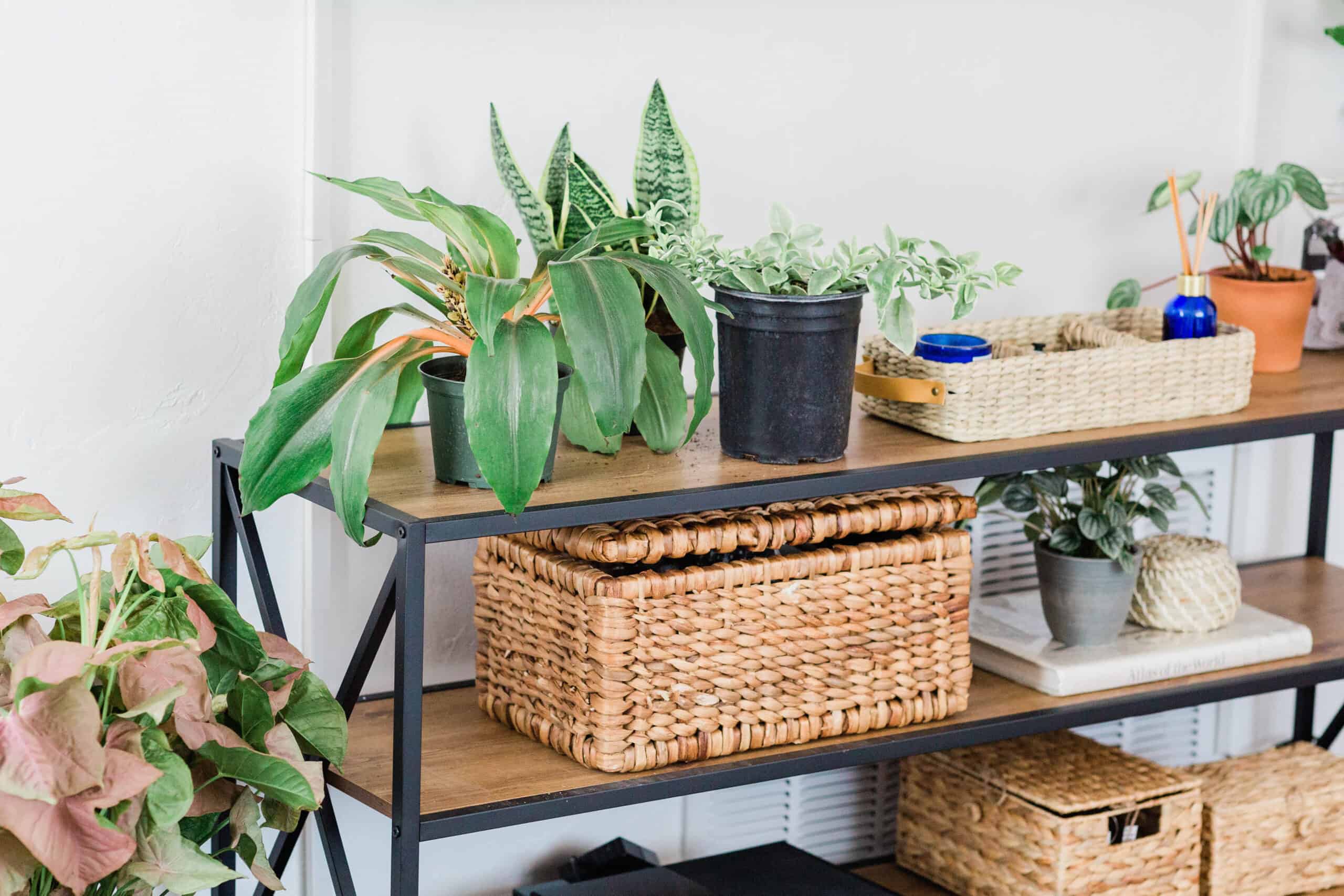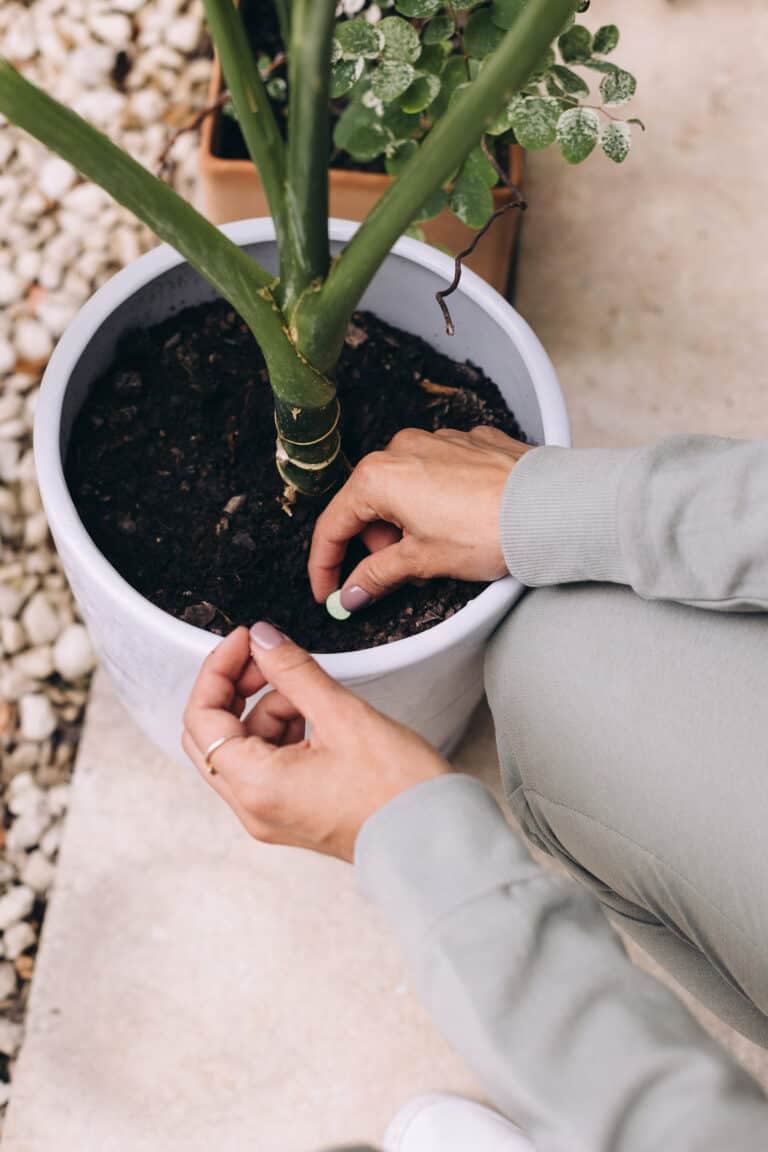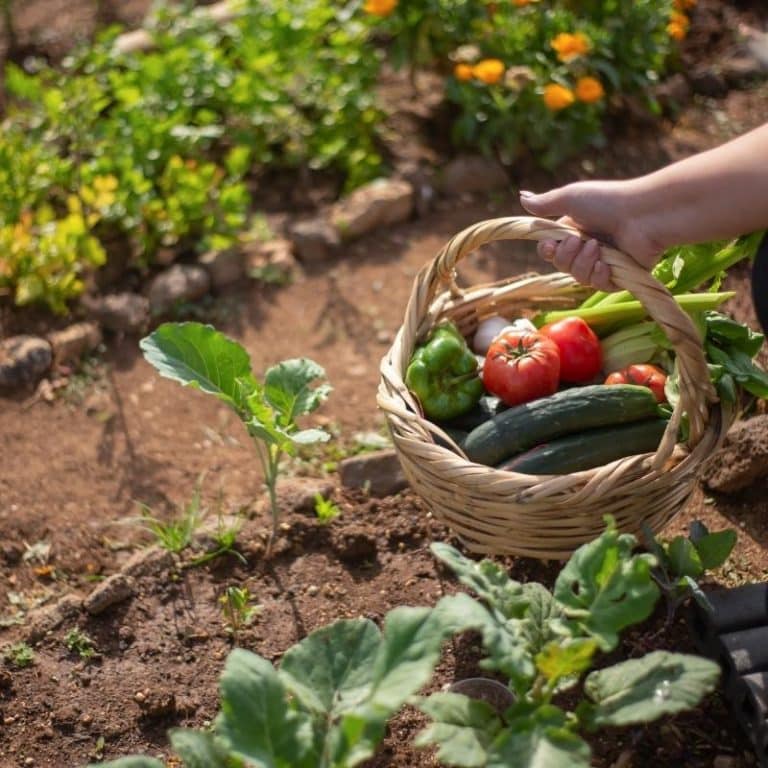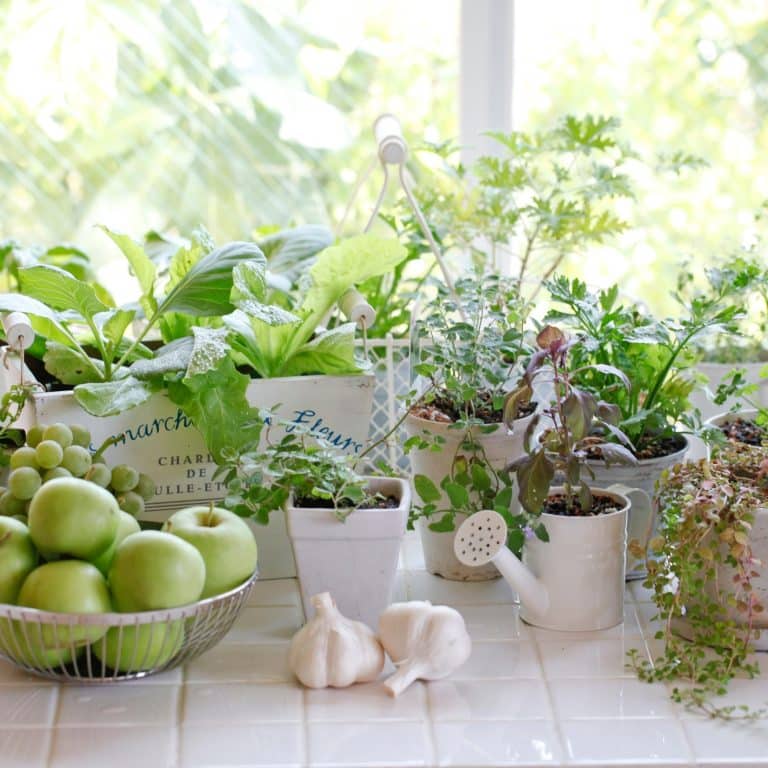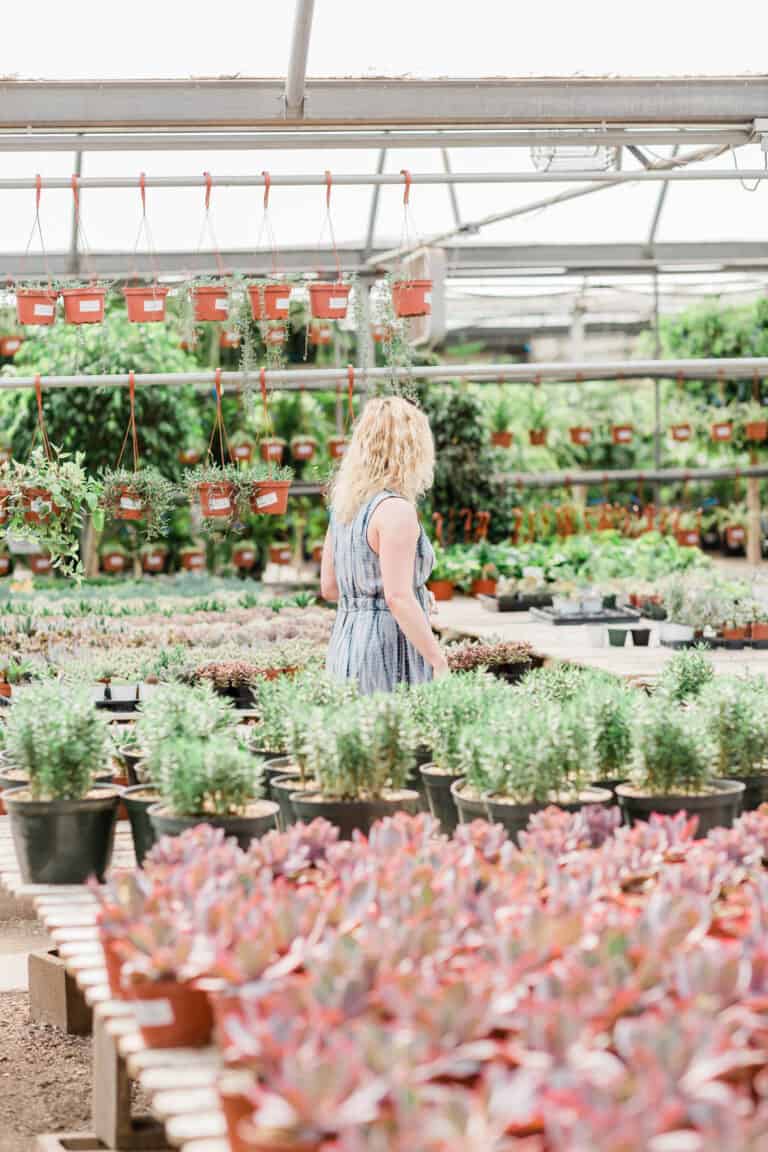The Ultimate Guide to Growing Your Own Food
Sick of overpriced produce at the grocery store?
Wish you could rely on your own NATURE-APPROVED, homegrown food?
You’re not alone, my friend. The journey to achieve that Instagram-worthy garden filled with fresh fruits and veggies starts RIGHT here.
Today, I present to you drumroll … “The Ultimate Guide to Growing Your Own Food
… What if your tomatoes look more like grapes?
… How do you know if this whole gardening thing is right for you?
… Will all this sweat and dirt actually bear fruit (pun intended)?
If these thoughts run a marathon in your head, this article is for you.
Let’s dive in and (leaf) no stone unturned!
Step 1: Plan, Plan, Plan!
Before you jump headfirst into your garden of dreams, a little planning goes a long way. Let’s break it down…
- Find your plot: It doesn’t matter if you have a tiny balcony or a sprawling backyard, you just need enough sunlight and dedication.
- Make a list : Think about the fruits, veggies, and herbs you eat regularly (and LOVE, of course). Now’s the time to grow them!
- Do your research : Learn which plants work best in your climate, when to plant them, and what each plant needs to thrive.
Now, let’s have a (detour) into the world of common misconceptions…
Myth: You can’t grow your own food without a huge backyard
Fact: Absolutely NOT true! You can grow a variety of plants in containers on a balcony, patio, or even indoors (#urbanfarming).
So, don’t let the size of your space hold you back.
Step 2: Prepare Your Garden Beds or Containers
Here’s where the magic happens! You’ve got options…
- Raised beds: These elevated gardens are easy to maintain, look neat, and improve drainage.
- Traditional in-ground beds: Works well if you have ample space and fertile soil.
- Containers: Versatile and perfect for small spaces. Just ensure they have proper drainage holes.
Expert Tip: Mind your soil
Your soil is your garden’s BFF!
Opt for a nutrient-rich, well-draining mix to ensure success.
Don’t forget about compost, either! Adding some to your soil will give your plants a tasty treat (#PlantSnackGoals).
Step 3: Planting Time
Ah, the moment you’ve been waiting for! Follow these mini steps for BIG garden wins:
- Choose the right plants: Whether you’re starting with seeds or transplanting seedlings, be sure to acquire plants suitable for your climate.
- Plant with proper spacing: Avoid overcrowding by following the recommended spacing on the seed packet or plant label.
- Water: Seems obvious, right? But watering appropriately is crucial for your plants to thrive. Some prefer the soil to dry out between waterings, while others demand consistent moisture.
Step 4: Maintenance & TLC
_You’ve made it this far! Now, keep up the momentum by scheduling regular maintenance:
Weeding: Pull out those little intruders to give your plants room to breathe.
Fertilizing: Give your plants a boost with some organic fertilizer every few weeks or so.
Pruning & harvesting: Pruning will help direct growth and harvest time comes when the fruit is ripe for picking!
Tadaaa! You have now successfully embarked on your journey of growing food from scratch.
Enjoy the (fruity) rewards of your labor and don’t forget to share photos of your garden wins
(#UrbanGardenGoals).
Feeling inspired? Why not share the love with your family and friends? Think about how incredible your neighborhood would look if everyone jumped on the grow-your-own-food bandwagon.
Now it’s your turn! What have you learned from this guide, and how will you put your new know-how into practice?
Share your own tips, tricks, and success stories in the comments below!

